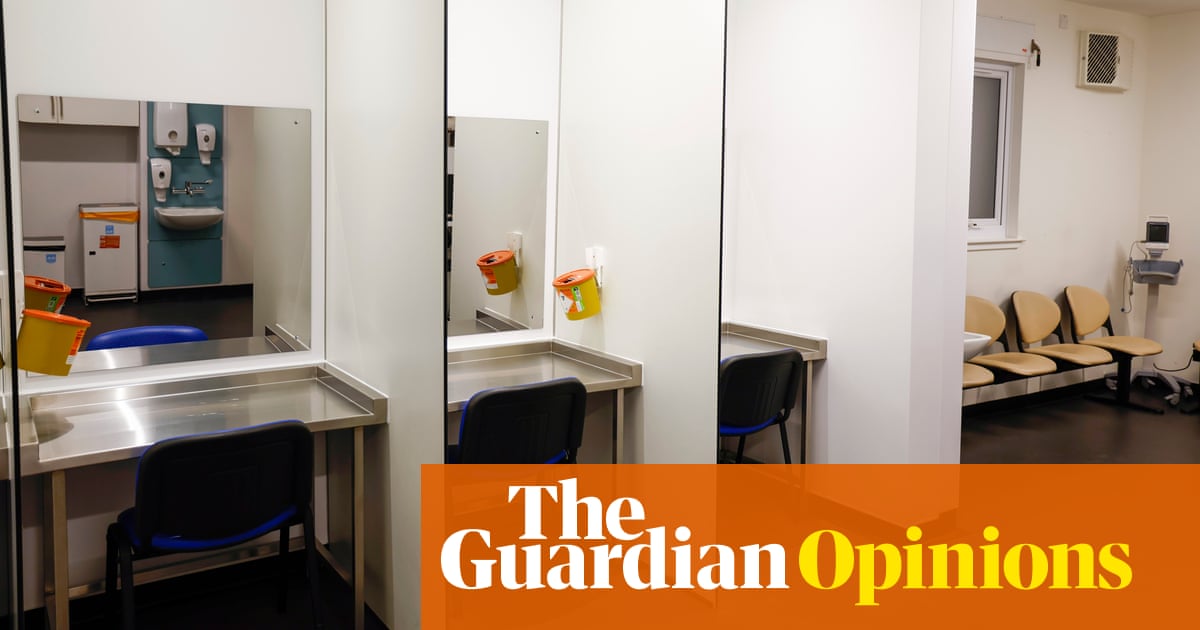
Nick Gibb, the long-serving Conservative schools minister, is right that safety is the most important consideration when deciding whether to close school buildings deemed to be dangerous. The public is all too familiar, post-Grenfell, with the horrific consequences that can follow from ignoring warnings that buildings are structurally unsound. But the announcement that more than 100 schools in England will not reopen next week, due to the possibility of concrete ceilings falling in, is enormously troubling. Not only will this last-minute decision disrupt thousands of children’s education, with knock-on effects on parents and carers, it also points to the extent of the harm caused by the Conservatives’ refusal to invest in the nation’s schooling.
Details remain murky. The government has so far refused to reveal a full list of affected schools, although Essex is known to be the worst-hit county. Mr Gibb’s explanation for the timing is that surveyors have been working over the summer, with findings delivered as recently as last week. The material under scrutiny is reinforced autoclaved aerated concrete (RAAC), which was widely used in schools, and some other public buildings, between the 1950s and mid-1990s. Previously, only RAAC judged by experts to be in “critical condition” was regarded as a threat – with 52 schools affected. But ministers have been forced to adopt a more conservative position after the recent collapse of a beam in a building previously thought to be safe.
Mr Gibb told the BBC that each affected school has been allocated a case worker to help it navigate the start of term. But it is questionable what any individual can do in situations where an entire school site is judged dangerous. Already, one Bradford school has announced it may not have temporary classrooms ready for 16 weeks. Another says its kitchen is out of bounds.
For many children and families this is a devastating situation, which is made all the more worrying by the recent increase in absenteeism, and exam results showing that the attainment gap between richer and poorer pupils is once again widening. Having decided against funding the pandemic recovery programme recommended by experts, ministers now face presiding over another significant interruption to learning. This is all the more frustrating given that temporary classrooms are widely used and can be made to work. With better planning, and bearing in mind that the lifespan of RAAC has been known for decades to be about 30 years, the chaos could have been minimised.
When they were elected in 2010, the Conservatives slashed the funding to New Labour’s Building Schools for the Future programme. Since then, the backlog of repairs has grown hugely, while ministers prioritised the creation of expensive new free schools over maintenance of existing infrastructure. Where schools have been rebuilt, funding has often depended on deals with residential property developers. This week, the consequences of this shortsighted and ideological approach is laid bare. While teachers have demonstrated their commitment to pupils by accepting a below-inflation pay rise, ministers are once again revealed by this new crisis to have failed both. Britain has had five different education secretaries in just over a year. This pattern of disruption makes ministers’ repeated attacks on civil servants all the more ill-judged, and raises the question of who they think should provide stable leadership for the nation’s schools. Teachers, children, parents and employers all deserve better.












